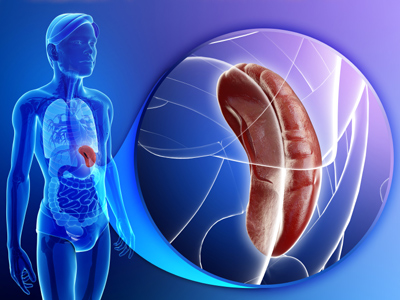
Unit 3 - Dialysis
Patients suffering from kidney failure may have to undergo the process of dialysis. Understanding how dialysis works will also give GCSE Biology students an understanding of how the kidneys function in healthy people.
The kidney controls and regulates the level of water and the balance of ions in the blood. If a person suffers from kidney failure, their means of blood regulation is lost and the level of the toxic chemical urea builds up in their blood. Urea is normally eliminated from the body in the urine. High levels of urea can be fatal and there are two choices for patients - a kidney transplant or dialysis. There are many reasons why kidney failure occurs, such as high blood pressure, infection, diabetes and inherited conditions.
Ready for more?
not all...
quizzers. Try to win a coveted spot on our Hall of Fame Page.







